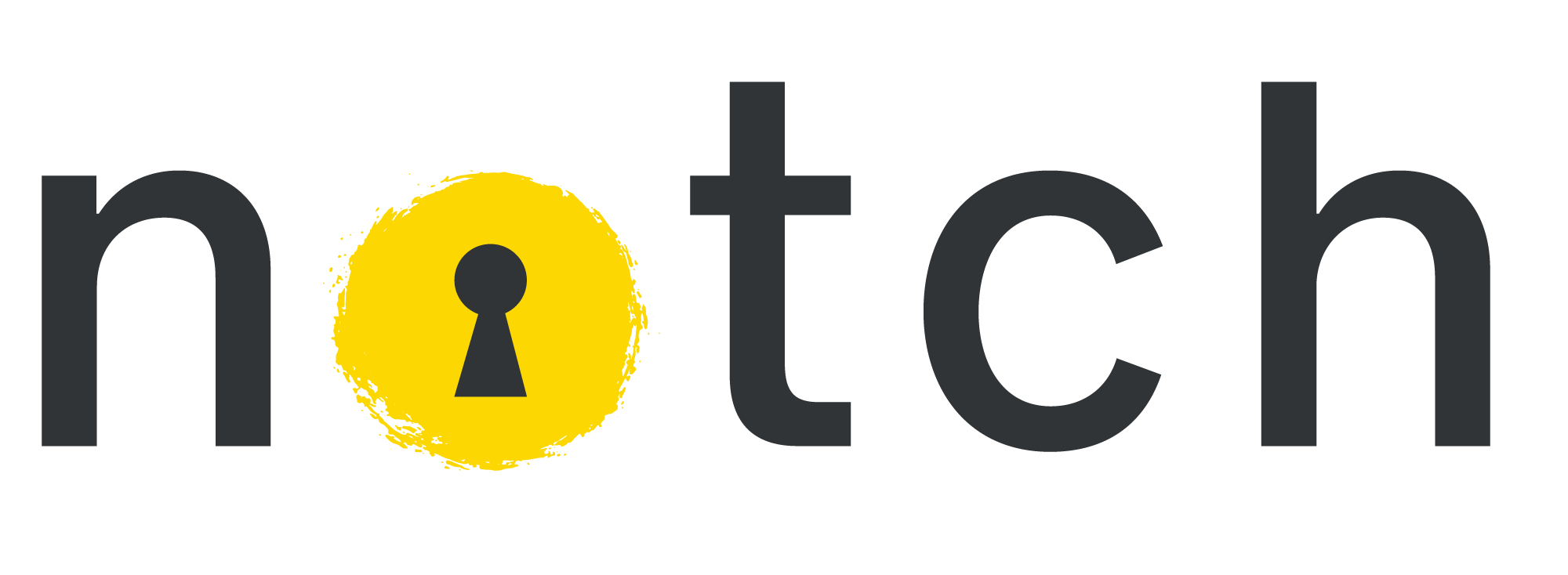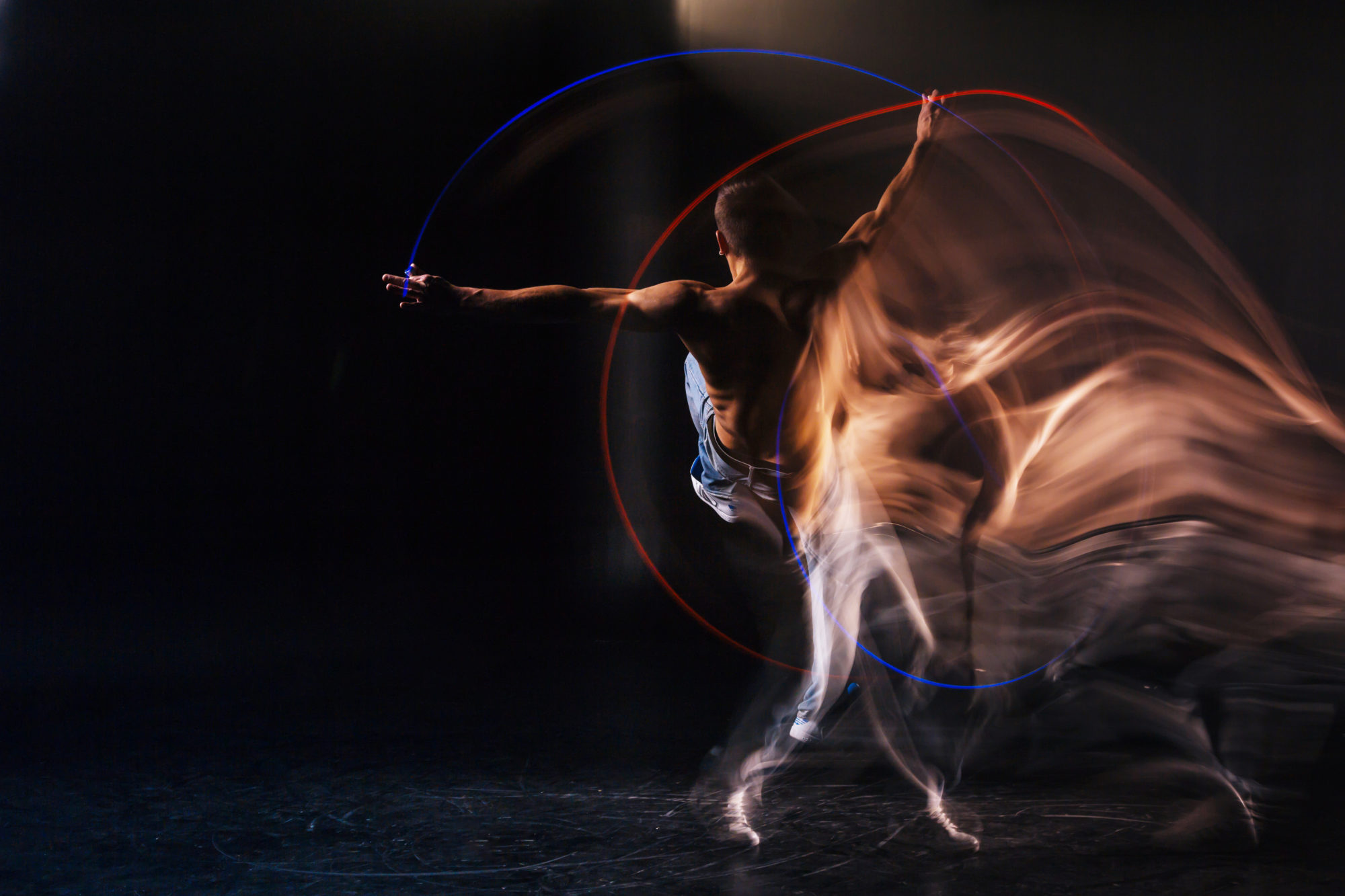[norebro_text]Scientific advancement is dependent on communication between many different groups of people, including when presenting new findings to the wider world. Good communication is therefore crucial to the success of science, and in a time of fake news and sensationalist journalism, it’s perhaps more important than ever to effectively and meaningfully engage with the audience.
In this quest for inspiring diverse audiences with the latest scientific innovations, there is great potential for exploring methods outside of the conventional means of science communication, such as writing or presentations. Studies have shown that drawing on narratives and evoking emotion is an effective means of communicating science and promoting retention of knowledge. Science documentaries such as the BBC’s hugely popular Planet Earth and Blue Planet series use this approach to bring awareness to pressing topics, including climate change. Moving away from literal representations of science, sci-art is a growing discipline. This involves fusing science with visual art to produce an aesthetically engaging depiction of a topic, promoting interest and learning. And it doesn’t end there. In honour of International Dance Day, we are exploring the use of dance as a creative means of science communication. Read on to learn more.
Dance and narrative: a classical combination
Dance is an art form with a huge potential for visually portraying narrative and emotion. It has always been a medium for not only entertainment, but also for telling stories. It is intrinsically emotional, both for the dancer and the audience. Some studies suggest that audiences attribute characterisation and emotion even to abstract dances. Considering the appeal of visually representing science and the impact that narrative can have on emotional engagement and knowledge retention, does dance offer untapped potential for communicating scientific ideas?
In the spirit of scientific investigation, the combination of science and dance has begun to be explored.
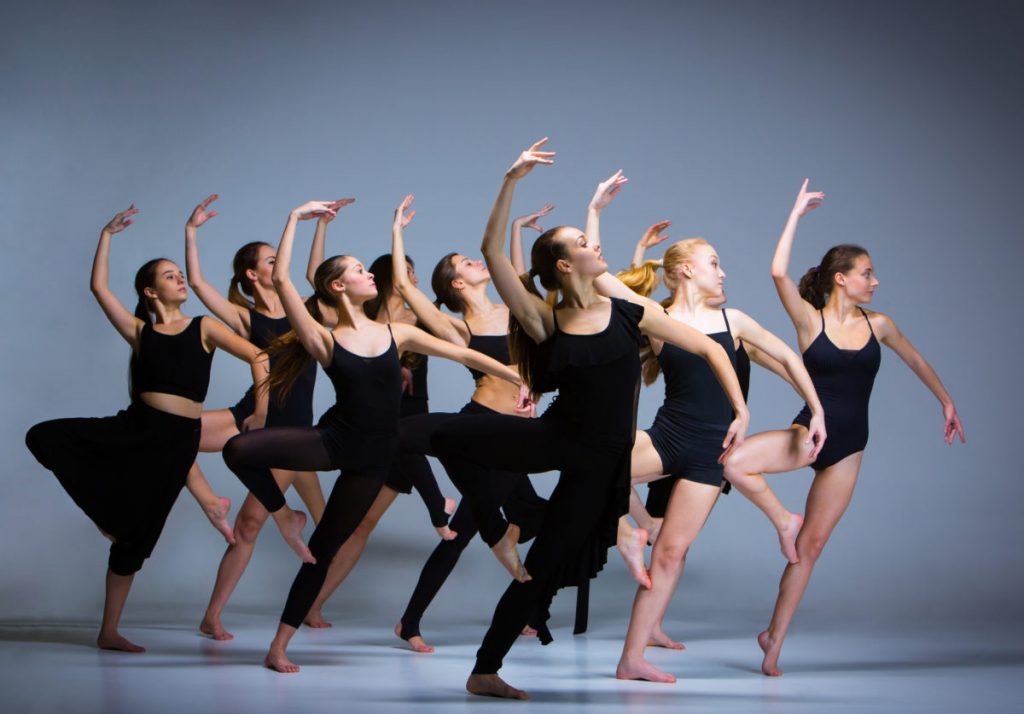
Research suggests that dance can be an educational tool in the classroom. It can help students to understand complex concepts in a kinaesthetic way, or even be used in a research context, as an initial alternative to computer modelling. Beyond this, there are also some exciting examples of how dance performance can be used to enhance spoken information and entertain, engage and inform audiences about scientific topics.
Dance your PhD
The ‘Dance Your PhD’ contest has been running since 2008, inviting researchers to portray their PhD through dance. Entries cover scientific topics ranging from developmental biology and neuroscience to the electro-dynamics of superconductors, even continuing with social distancing measures in place.
Whilst dance background and training differ between entrants – and some entries seem more like an exercise in film-making or song-writing than in choreography – there is something very engaging about watching people physically represent their own research. And if audience engagement is the main goal of science communication, maybe they’re onto something. The creator of the contest, John Bohannon, explores this potential in his TED talk, ‘Dance vs. PowerPoint’. Part way into the talk, several dancers from the Black Label Movement dance company join Bohannon on stage and enact the concepts he describes, including his description of the physics of superfluids. The talk – or rather, performance – effectively makes the point that dancers can help to convey ideas to an audience in a captivating and compelling way, even when those ideas are as complex as lasers and particles.
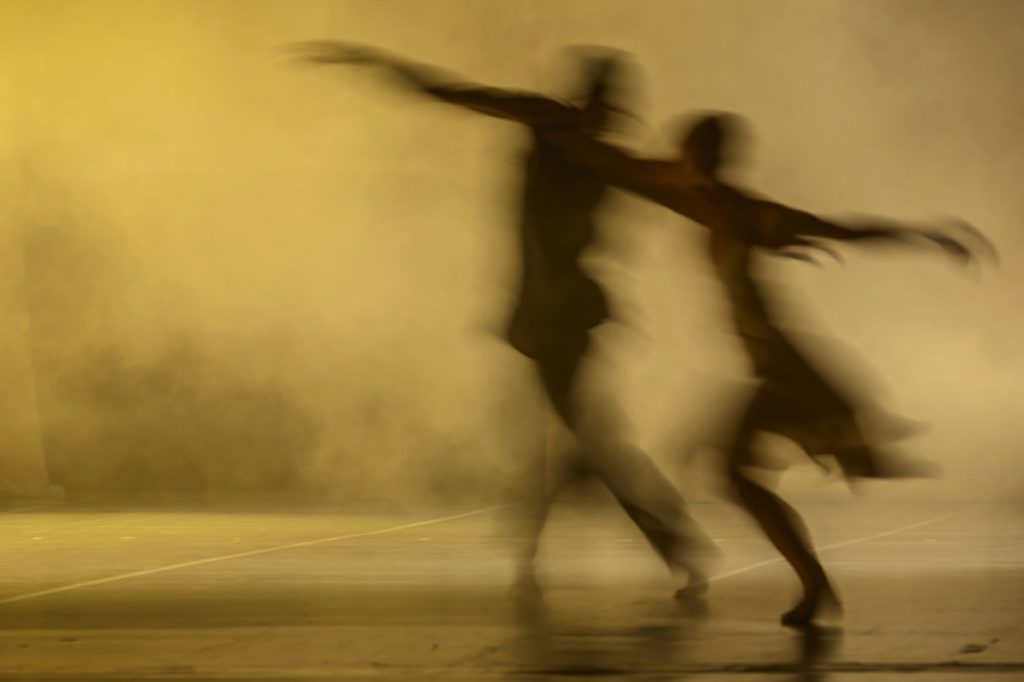
The art of balance
In most of the explorations into dance performance for science communication, the dance is supported by words, either written, spoken or sung. This is inevitable in a discipline as complex as science, so it may be a challenge for dance to stand alone as a science communication tool. However, it clearly has the power to enhance the communication of otherwise complex and un-memorable information, embodying the narrative and eliciting emotion.
Whilst science will continue to rely on the careful and descriptive use of words to communicate findings, it is exciting to consider the possibilities of art forms such as dance in engaging with a wider audience.
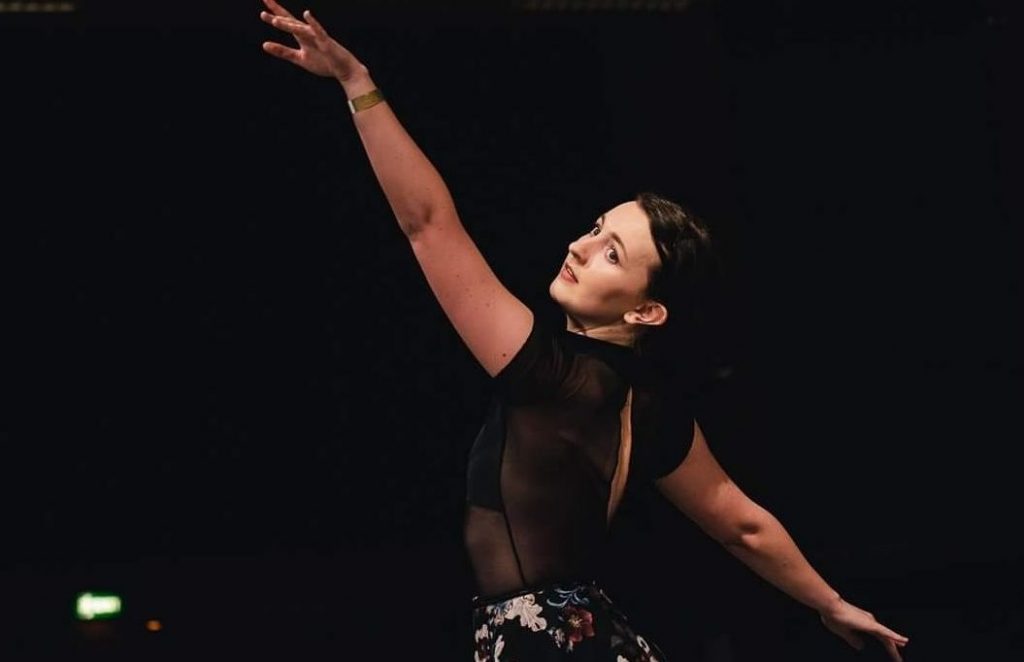
If this blog made you feel like dancing, waltz on over to Twitter and get in touch with @GabyAtNotch, and follow @NotchCom for more content.
Further reading
- Dhanapal, S., Kanapathy, R. and Mastan, J. (2014). A study to understand the role of visual arts in the teaching and learning of science. Asia – Pacific Forum on Science Learning and Teaching, 15(2), pp.1–25.
- Ellison, A., LeRoy, C., Landsbergen, K., Bosanquet, E., Borden, D., CaraDonna, P., Cheney, K., Crystal-Ornelas, R., DeFreece, A., Goralnik, L., Irons, E., Merkle, B., O’Connell, K., Penick, C., Rustad, L., Schulze, M., Waser, N. and Wysong, L. (2018). Art/Science Collaborations: New Explorations of Ecological Systems, Values, and their Feedbacks. The Bulletin of the Ecological Society of America, 99(2), pp.180-191.
- Georgieva, E. (2013). Science Choreography: Dance and Science in Education, Research, and Performance. Faseb Journal, 27, pp.Faseb Journal, 2013 Apr, Vol.27.
- Gervasio, A.H. (2012). Toward a Psychology of Responses to Dance Performance. Research in Dance Education, 13(3), pp.257–278.
- Jamieson, K.H.H., Kahan, D.A. and Scheufele, D.A. (2017). The Oxford Handbook Of The Science Of Science Communication, Oxford University Press.
- Negrete, A. and Lartigue, C. (2019). The science of telling stories: Evaluating science communication via narratives (RIRC method). Journal Media and Communication Studies, 2(4), pp.98-110.
- Tyng, C. M., Amin, H. U., Saad, M. and Malik, A. S. (2017). The Influences of Emotion on Learning and Memory. Frontiers in psychology, 8, p.1454.
